Fire or life threatening emergencies: 000
Emergency Information: 13 3337
SES Emergency Assistance: 132 500
In the wake of a bushfire, it can be incredibly daunting to return home. It’s difficult to anticipate what you’ll find. If you have been given the all-clear to return by emergency services, you need to mentally and emotionally prepare yourself and your family for the changes to your home and community. If you live alone, you may want to bring someone with you when you first return to provide support through this difficult time.
Even after a fire has passed, there is a risk of flareups. It is important to keep up to date and follow instructions. Visit Emergency WA, DFES Facebook or call the DFES emergency information line on 13 DFES (13 3337). Updates will also be provided through your local ABC radio.
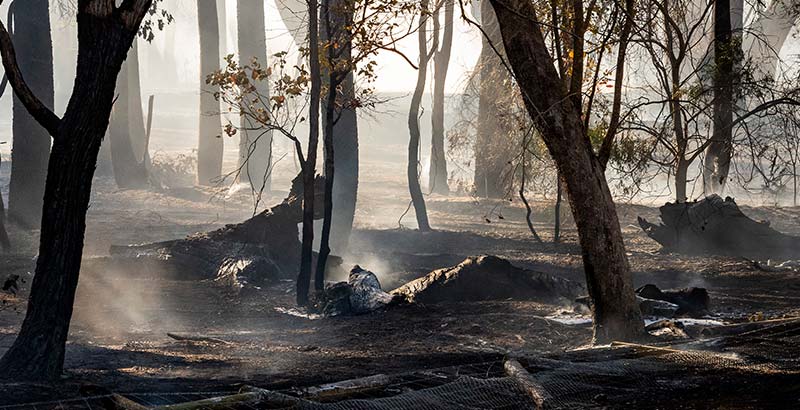
If telephone and internet are accessible, visit Emergency WA, call DFES emergency information line on 13 DFES (13 3337) or follow DFES on Facebook.
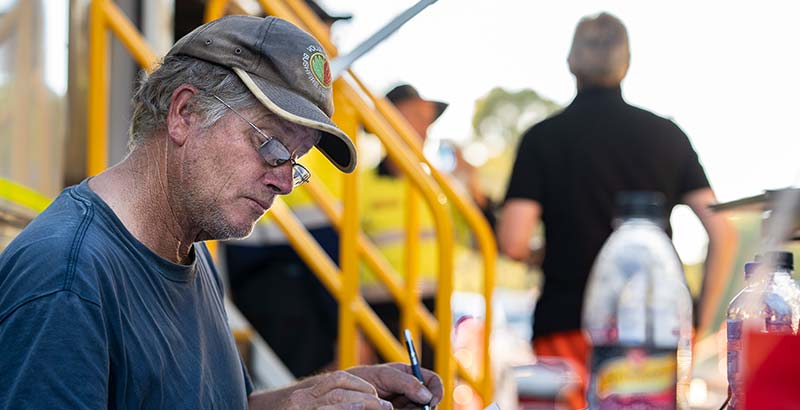
The information below will point you in the right direction for emergency accommodation and advice on securing your home.
During this time, it is very important to look after your wellbeing. Refer to the wellbeing section below for tips and links to support organisations.
If you own the property, talk to your insurer about securing your home while assessments are done. If you’re a tenant, your owner or landlord will organise site security, so be sure to get in contact with them. Remember, your home may be part of an investigation so it might have barrier tape around it to prevent entry.
You can call on State Emergency Service (SES) volunteers to help secure your home if there are areas that may be damaged further by being left unprotected. They can help you fix tarpaulins and tie down loose items. You should talk to the fire officer in charge or police officer to organise this, or call the SES on 132 500.
In the trauma after a fire, you’re probably worrying about your financial situation and how you and your family will cope. Centrelink and other agencies understand your situation, and they can advise you about any emergency or additional payments you are entitled to receive to help you at a difficult time.
If the whole community has been affected, a ‘one stop shop’ may be set up to help you access services such as Centrelink, an Insurance Council of WA representative, utility companies and counsellors. If one has been set up, you will be notified through community meetings.
The Department of Communities coordinates immediate and long-term support for community members in the response and recovery phases of emergencies.
Supports include:
If you have been impacted by a bushfire, you can call the Disaster Response Hotline on 1800 032 965 to find out what financial assistance may be available to you.
If you are an existing or new Centrelink customer who receives a social security or pension benefit, you may be entitled to a crisis payment. To find out if you are eligible contact Centrelink.
If you receive a Veterans’ Affairs pension or benefit, you may also be entitled to a crisis payment. Contact the Department of Veterans’ Affairs to find out if you are eligible.
The Department of Communities is responsible for coordinating and assessing the provision of temporary shelter for community members displaced by an emergency or due to an evacuation from an emergency. Call the Disaster Response Hotline on 1800 032 965.
Crisis Care can help you find crisis accommodation and assist with longer term housing. 9223 1111 or free call 1800 199 008 (day or night).
Entrypoint Perth can help families and individuals who require access to Specialist Homelessness Services (SHS) and other accommodation and/or support services. Call 6496 0001 or 1800 124 684.
If you are insured, contact your provider to see if you are covered for emergency accommodation.
Make sure you give these people and services your temporary address and contact details:
When returning home, exercise extreme caution on the road, as roadblocks may still be in place. Police-managed roadblocks are for your safety, and for emergency services to have safe access to the fire.
A restricted access permit may be issued to residents, business owners or utility companies or other approved persons to:
After a bushfire, your home may not be structurally sound. Walls, roofs, ceilings, floors and even stairs may not be as stable as they appear.
Only go into your home if it has been declared safe by a building inspector. Your insurance company may contact a building inspector for you, depending on your level of insurance, or the local government’s building inspector may be able to help.
When you arrive home:
Visit the Department of Health for more information on hazards on your property after a bushfire and using rainwater tanks after a bushfire.
If you lost power during the bushfire, the food in your fridge may go off after two hours.
Top tips:
View more food safety tips on the Healthy WA website.
If you're going home after a bushfire, be careful about the ground, especially if it's made of organic soil like peat. These kinds of fires can keep burning below the surface for a long time, even weeks or months. The soil becomes unstable and might collapse under you or your car.
To stay safe, you need to be cautious in places with organic soils. Before you walk or drive on them, check if the ground is stable and not too hot. The fire below the surface might have spread to paths and control lines used before. It can also burn tree roots, making trees unstable and more likely to fall. So, take extra care, be aware of your surroundings, and make sure you're safe when returning home.
When returning home be alert for potential hazards such as:
It’s likely that your gas, electricity and water have been shut off or disconnected during the fire. You will need to wait for the suppliers to send a qualified tradesperson to inspect and repair any damage, plus arrange for reconnection.
If you are insured, your insurance company can organise this for you. If you are not, you will need to sort this out yourself.
Make sure you get in touch with your utility providers:
Drinking water, water tanks and swimming pools can become polluted following a fire, flood or other emergency.
Top tips:
View more water safety tips on the Healthy WA website, including advice on rainwater tanks after a bushfire.
We all have personal items we value and special things we need in life. After a fire, these are important to have if not damaged.
If parts of your home have not been destroyed and it is safe to enter, you may want to retrieve family items and essential documents. Although it will be emotionally difficult, having these things can help you deal with the overall trauma of loss.
If your personal documents have been partially damaged, the Australian Institute for the Conservation of Cultural Materials can provide further information on how you can salvage your family’s precious belongings.
Key items to try to locate include (if you don’t already have them):
When you enter your home, do it safely and wear appropriate safety equipment like gloves and sturdy boots.
Wash soot and smoke from clothing by mixing bleachable items with 4 to 6 tablespoons of washing powder, 1 cup of household chlorine bleach, and 4L of warm water. After washing your clothing in this mix, rinse with water and then dry.
Unfortunately, it is almost impossible to remove the smell of smoke from feathers or foam, but damaged mattresses may be able to be restored by a company that builds and repairs mattresses. If you must use your mattress temporarily, put it in the sun to dry first and then cover it with rubber or plastic sheeting.
Wet wood can easily decay and mould, so remove any drawers and place furniture in a dry area away from direct sunlight (to avoid warping) to air out. To retain the wood’s original appearance, rub the surface with a super-fine steel wool pad dipped in liquid polishing wax, wipe with a soft cloth and then buff.
Remove soot or dust by washing utensils with soapy water, then polishing with a fine powdered cleaner. You can polish copper and brass with special polish, salt sprinkled on a piece of lemon or even a vinegar-soaked cloth.
Do not touch or use appliances, particularly electrical appliances that have been exposed to water, until you have an authorised service technician check them.
See also: Food Safety and Water Safety
Remove soot and smoke with water and mild soap or detergent.
Contact your insurance company to report any damage or loss as soon as you can. They will need to send an assessor to your property to process your claim. Depending on their advice, you may be able to begin repairs and any rebuilding. Check with your insurance company before you enter a contract with cleaning or repair contractors, to avoid additional bills.
If you are a tenant and have contents insurance contact your insurer, in addition to telling your real estate agent, owner, landlord or Department of Communities Housing Authority.
If you need emergency accommodation, check to see if this is covered in your insurance policy.
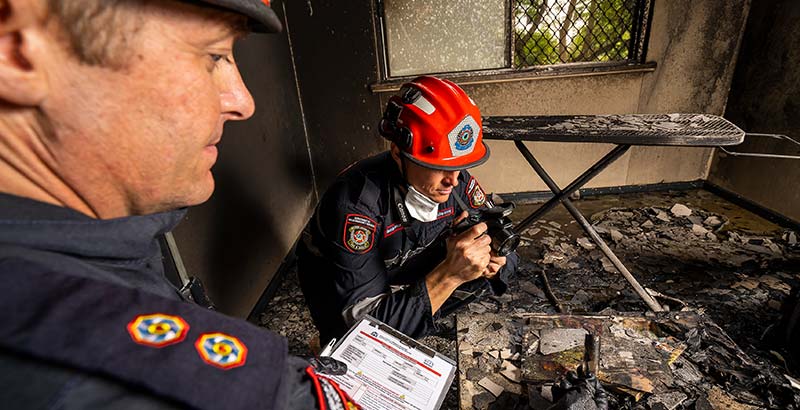
If you are not insured, get a builder or building consultant to assess the damage to your home and get a written damage report that will help you with quotes for the needed repairs. Always check the qualifications and experience of a builder or consultant before hiring them.
Be wary of the high-pressure sales tactics of tradespeople who sell services by going door to door.
Check to see whether you need plans drawn up and approved by a structural engineer and local government.
Depending on advice you have received from your insurance company or local authorities, you may be able to start organising a rebuild of your home.
The risk to your home from a bushfire is affected by the distance your house is from the bush and how it is constructed.
The Australian Standard AS 3959:2018 “Construction of buildings in bushfire prone areas” will help you to decide how your home should be constructed in areas that are at risk from bushfire.
You may find this guide useful when rebuilding your home: Building for Better Protection in Bushfire Areas.
If you cannot remember the name of your insurance company or the details are not available, you can contact the Insurance Council of Australia on 1300 728 228.
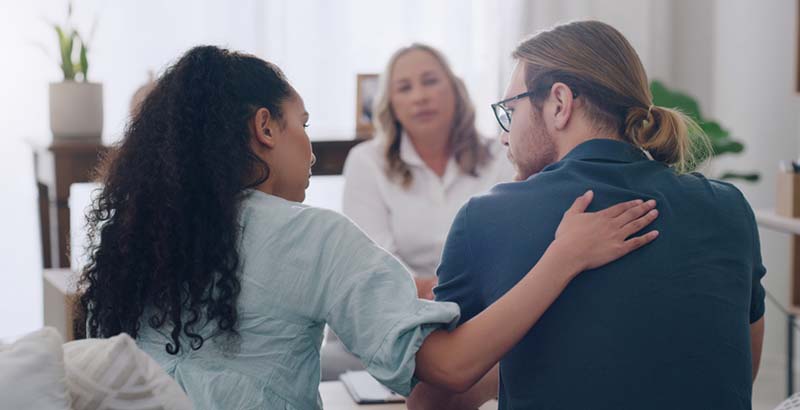
Traumatic experiences such as being involved in a fire can be sudden and overwhelming. It is normal for people to feel unsettled and disrupted for a while. In most cases there are no signs of physical injury, but there can be a serious emotional toll. Some symptoms can include depression, anxiety, sadness, anger, fatigue, nightmares and difficulty concentrating.
Children and teenagers can also suffer from stress following a fire. Understanding and recognising your child’s responses to these events can assist you in providing support and helping them to cope effectively with the feelings, thoughts and behaviours they are experiencing.
If you find you do not return to your normal routine after a few weeks it is important to seek professional help.
Most people will recover over time with the support of family and friends. However, sometimes distressing events can be difficult to overcome and professional help may be useful. After a crisis it is often easier to talk to someone who is not involved and is trained to listen.
Consider seeking professional help if you:
If you need further support your doctor is a good place to start, and they can also refer you to other service providers who may be able to help.
The Department of Communities can provide personal support services including; practical assistance, support to access identity documents, advocacy, counselling, psychological services, and referral to other services.
To speak to someone about wellbeing supports that may be available to you, call the Disaster Response Hotline on 1800 032 965.
Counselling, support and referrals are also available through Crisis Care, Lifeline and The Samaritans. You can talk by phone, text or online.
Be aware that you have been through an extremely stressful event and give yourself permission to feel bad.
Positive ways to cope can include the following.
The following organisations specialise in supporting children, teenagers and young adults:
Following a fire, your beloved pets and livestock will be part of your immediate concern.
If you have safe and authorised access to your property, ensure that animals continue to have access to adequate shelter, food and water, and check that they are not exposed to any hazards.
If your pets or animals have suffered any injuries or trauma, try to deal with these without delay. While it may be distressing to see them suffering, there is help available for you.
The Department of Primary Industries and Regional Development provides information on recovery for animals after emergencies. You could also contact your local veterinarian.
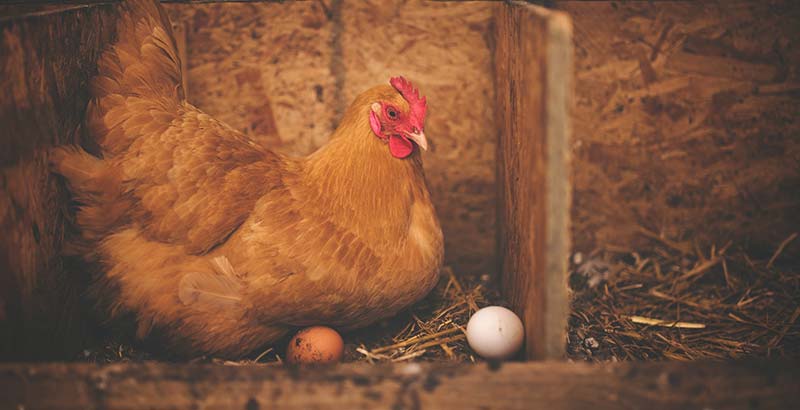
It is important to remember that fires may be investigated if the cause cannot be identified. Here is what to expect if your home or property becomes part of a wider investigation.
It’s up to you whether or not you want to speak to a reporter who approaches you for an interview on the scene of the fire. If you agree, it’s a good idea to discuss beforehand the kind of questions they’ll ask, so you can be comfortable answering. It can be a very emotional time, and you may want to ask a fire officer to help you in the interview.
If the cause of the fire is still under investigation, it is best not to discuss anything with the media.